Descrição
Les Tosses é a quinta-essência da Carignan velha do Priorat sobre solos de ardósia. Uma vinha localizada em Torroja de Priorat a 600 metros acima do nível do mar, virada para sul, na qual Dominik Huber vislumbrou pureza e autenticidade. A Cariñena, tal como se chama nesta região, com uma reputação injusta de ser rústica, mostra o seu melhor lado neste grande tinto, graças a um grande processo de vinificação que respeita o ambiente e é isento de artifícios. Uma Cariñena nua que desdobra toda a sua beleza e, como afirma Luis Gutiérrez no seu reporte da The Wine Advocate, "beneficia sempre de mais tempo em garrafa, revelando gradualmente o seu carácter mediterrâneo".
Informações de produto
Prova
Vinha e preparação
Avaliação dos peritos
The pure Cariñena 2018 Les Tosses fermented in concrete with indigenous yeast, and half of the wine matured in oak foudre and the other half in concrete, as they are lowering the percentage of wine aged in oak. This is floral, aromatic and elegant, going back to the character of the 2016, when the wine almost felt like a Garnacha, fresh and elegant but also quite serious. It's nicely textured with the grainy mouthfeel from the slate soils, very tasty, clean and precise, and it finishes very long and dry. It might be a bit dizzy from the very recent bottling and should improve tremendously in bottle, as it has the balance and all the ingredients to do so. This should be long lived. It's quite compact, and this is a wine that always benefits from more time in the bottle, slowly revealing its Mediterranean character. 2,006 bottles were filled in September 2020. - Luis Gutiérrez.
The next best thing to visiting the village of Torroja is to uncork this bottle. It may cost more than a budget flight to Barcelona, but it’s exceptional, a youthful wine already with such complexity. The palate is delicate, in contrast to many weighty Cariñenas. Finishes with a mocha note, and rich texture of tannin. Fresh but not too acidic; savoury, almost salty. The use of large old oak showcases the perfect fruit. Drinking window 2021-2026.
Dark berry, flint and slate aromas with some gunpowder. It’s medium-bodied with firm, linear tannins that are fine-textured, long and energetic. Minerals and dark fruit on the palate. Blood orange, too. Drinkable now, but better in three or four years.

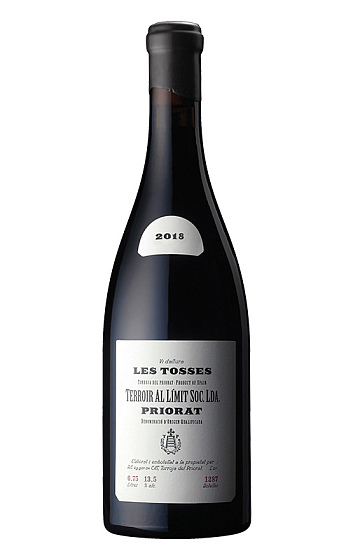

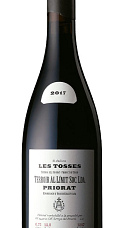
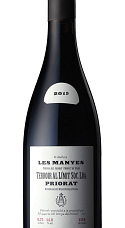
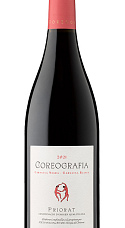
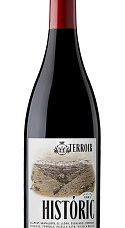


Colheitas: 2021 2018 2017 2016
Este vintage ainda não foi avaliado. Utilize a navegação abaixo para ver avaliações de vintages anteriores.
Este vintage ainda não foi avaliado. Utilize a navegação abaixo para ver avaliações de vintages anteriores.
Para o preço esperava mais. É um bom vinho mas fiquei um pouco desiludido.
Un gran Priorato. De los mejores que he bebido. Enhorabuena por el producto.